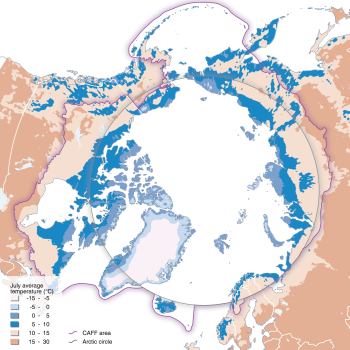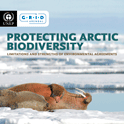Biodiversity, the Arctic and the International Community - new report from UNEP

 As a follow-up to a 2006 seminar, UNEP/GRID-Arendal has prepared a report on the status and implications of multilateral agreements and the environment for the Arctic.
As a follow-up to a 2006 seminar, UNEP/GRID-Arendal has prepared a report on the status and implications of multilateral agreements and the environment for the Arctic.
The Arctic region covers the circumpolar north and the following countries: Russia, the US (Alaska), Canada, Greenland (Denmark), Iceland, the Faroe Islands (Denmark), Norway and Sweden. The region includes some of the world's least accessible areas and many of its last remaining wilderness areas. It is home to unique wildlife and is also inhabited by many groups of indigenous peoples with traditional lifestyles.
With climate change, oil and gas development and the possibility of the opening of new shipping routes, there are immediate threats to the Arctic environment.
 The report Protecting Arctic Biodiversity examines existing conventions, such as the Convention on Biological Diversity (CBD), and other frameworks - primarily the working groups under the Arctic Council. Case study topics include wolverines, climate change, polar bears and many others.
The report Protecting Arctic Biodiversity examines existing conventions, such as the Convention on Biological Diversity (CBD), and other frameworks - primarily the working groups under the Arctic Council. Case study topics include wolverines, climate change, polar bears and many others.
Nordpil worked closely with the editorial team to prepare new maps and adapt existing maps from UNEP/GRID-Arendal.
The report is available for viewing and download at
http://www.grida.no/publications/arctic-biodiversity/
Maps, charts and diagrams are available at
http://maps.grida.no/collection/protecting-arctic-biodiversity
 Follow Nordpil on Twitter!
Follow Nordpil on Twitter!